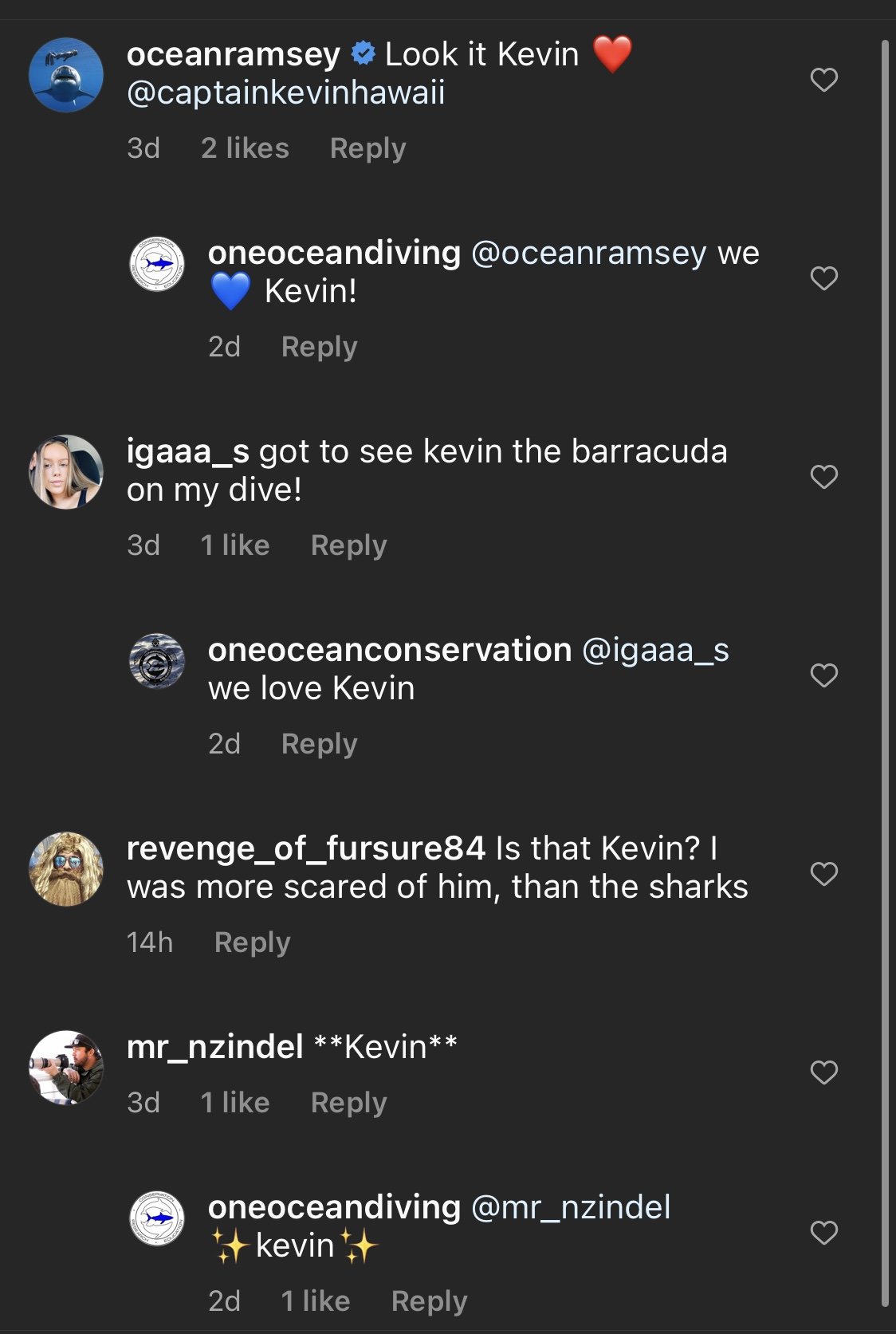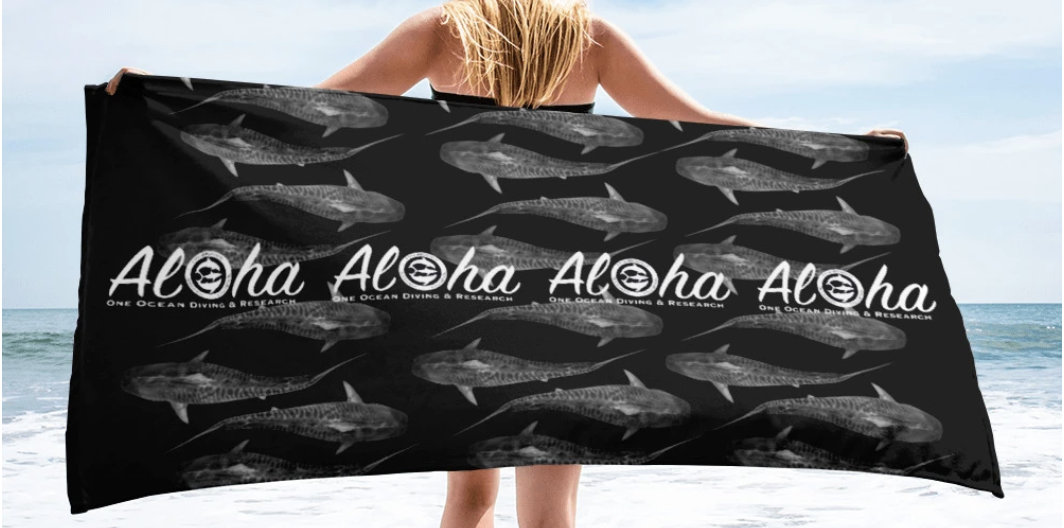Photo by nautiluslive.org
Did you know there are 40 species of sharks found around the Hawaiian islands?
You have the chance to see so many different species of sharks when you come on a dive with us! This could include Galapagos, Sandbar, Tiger, Oceanic Whitetip, Oceanic Blacktip, Blue, Silky, Whale, or even a Great White! We haven’t seen a Great White since 2005, so we’re always on the lookout for another one. Whale sharks are more commonly seen on the west side of the island due to the very deep water. The most commonly seen sharks we get are Galapagos and Sandbar. Galapagos sharks average 6-12 feet in length and have distinct countershading. This means they are dark on the top half of their body (dorsal side) and lighter on the bottom half (ventral side). Sandbars average 4-6 feet in length and are a tannish color with white tips on their pectoral fins. We also get Tiger sharks fairly often, even when it isn’t Tiger shark season! Tiger sharks average 10-14 feet and have dark stripes running down the sides of their bodies. Recently, we’ve had an Oceanic Blacktip hanging around during our dives as well! Blacktips average around 6-8 feet and are bronze in color.
If you want the chance to see different species of sharks in their natural habitat, book a dive with us at oneoceandiving.com.











